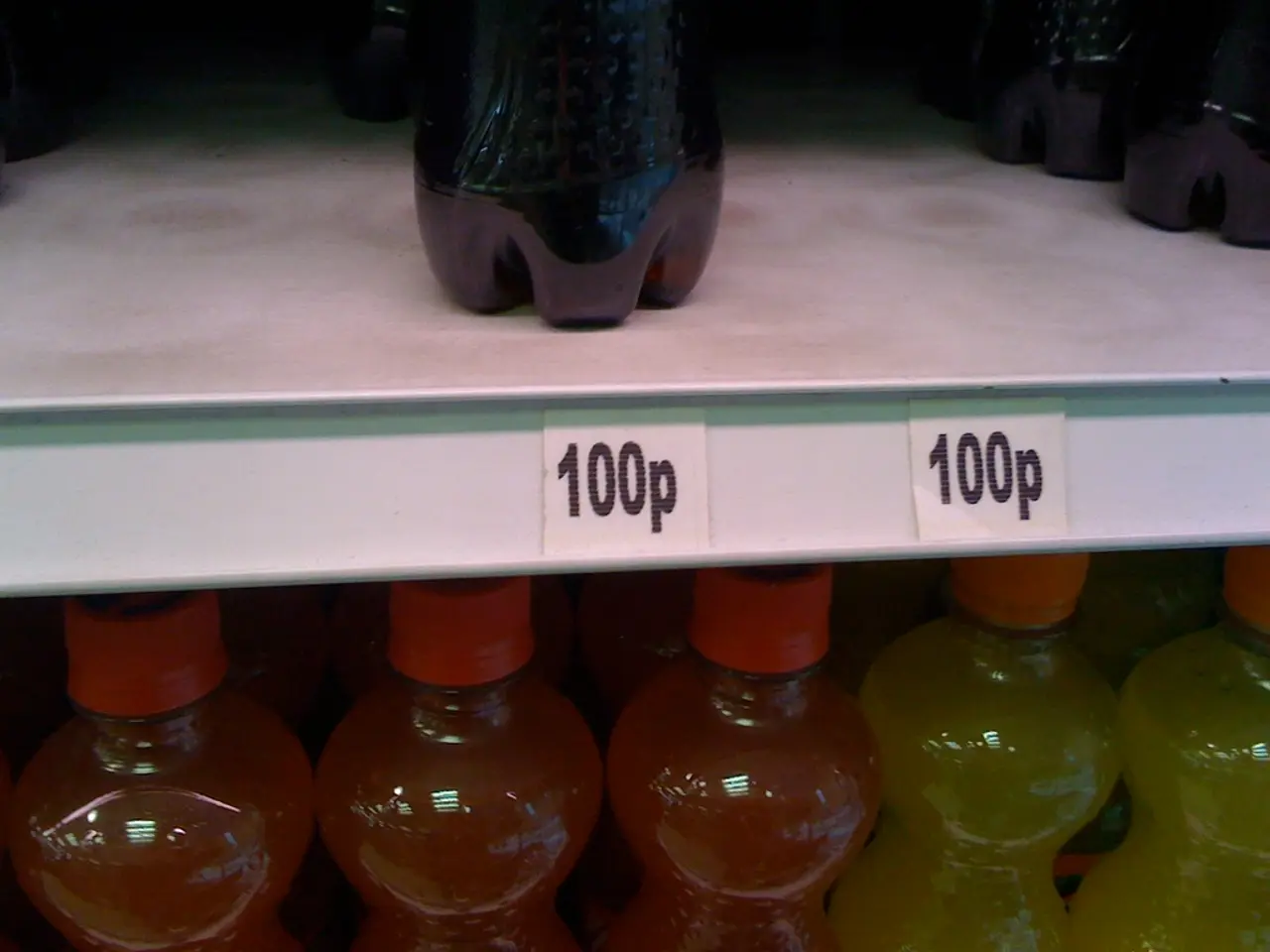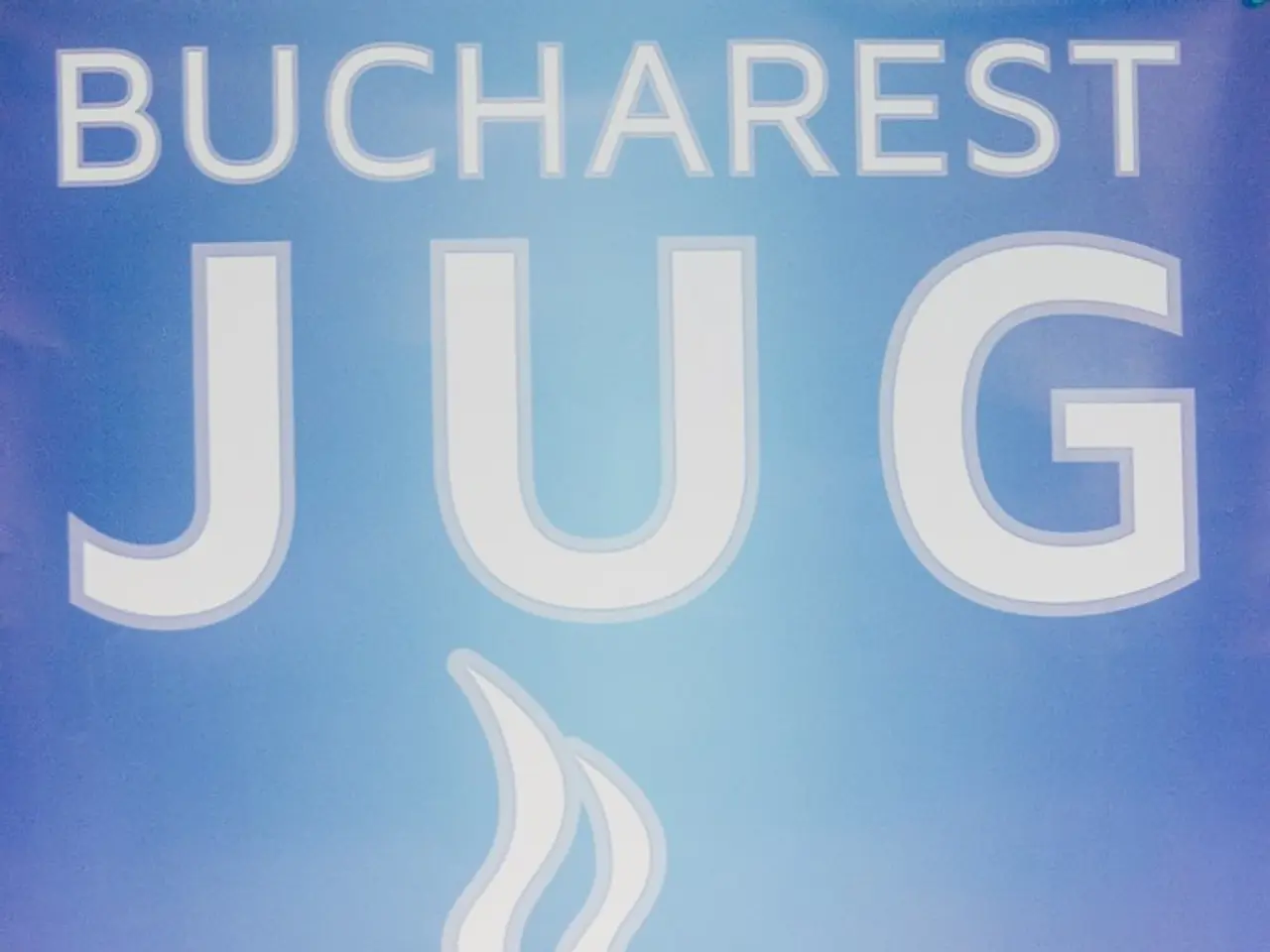Ministry reveals increase in gasoline costs
Russia experienced a significant increase in gasoline prices earlier this year, with consumer prices for gasoline spiking by 4.61% from the beginning of 2025 to July 28. This surge in fuel prices deviates from the overall inflation trend in the country, as consumer inflation grew much more moderately.
The price hike can be attributed to a series of Ukrainian drone attacks on domestic oil refineries in June. These attacks disrupted supply chains and caused refinery output to drop sharply, pushing prices to record highs. Despite a government-imposed export ban, intended to stabilize local fuel availability, prices remained elevated. The refinery repairs are expected to take between one and six months, sustaining the high prices through at least October 2025.
Interestingly, the government's goal of keeping retail prices for petroleum products close to inflation has been successfully achieved for many years. This is achieved through tools in the areas of tax, customs, and administrative regulation. It is worth noting that Russia does not have direct state regulation of petroleum product prices.
Despite the fuel price spike, overall inflation in Russia during the same period was 4.51%. This demonstrates that the fuel price increase represents a focused supply shock in the energy sector, not a broad-based inflationary pressure across the economy.
The sharp increase in domestic gasoline prices contrasts with a decline in Russian oil and gas revenues. These revenues declined nearly 30% in July, amid sanctions and lower global crude prices, which constrains government budgets.
In conclusion, the sharp June 2025 fuel price increase in Russia was triggered by targeted refinery attacks restricting refining capacity and supply, causing a focused inflationary spike that deviates from the overall more moderate inflation rate affecting the broader economy. This surge in gasoline prices is expected to persist until at least October 2025, as refinery repairs are completed.
The recent increase in gasoline prices in Russia can be linked to the energy sector, specifically the disruption caused by Ukrainian drone attacks on domestic oil refineries. This event has indirectly impacted the finance sector, as the decline in Russian oil and gas revenues is evident due to sanctions and lower global crude prices. Despite this, the government's strategies in tax, customs, and administrative regulation have helped keep retail prices for petroleum products relatively close to the overall inflation rate in the industry.




